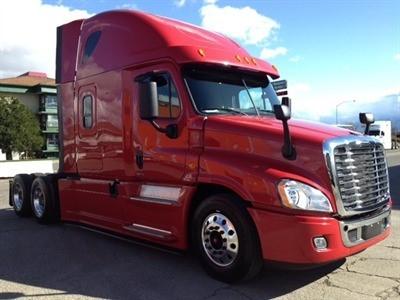.jpg.aspx)
Deadheading seems to be a very dreadful thing to many owner-operators. Just the very mention of it can send a pang of anxiety through almost any driver. Their fists will clench, their attention will rise to full alert and they begin to run through countermeasures in their minds. Of course, I am talking about Deadheading.
Why is deadheading such a bad word for so many owner-operators? While no one wants to spend their own money on fuel and wear and tear to go after a load, if the alternative is to wait it out for a better load to come along, you must consider how much a couple of days of waiting will cost you. Sure, you may be able to eat for a nominal cost and stay in the truck, saving hotel costs. You may even have an APU or generator to keep you comfortable while you wait. However, each day sitting and waiting is a day of lost revenue.
Money spent can be recouped, time lost is gone forever.
If you could deadhead (there’s that dreaded word again) 300 miles to get your next $1000 load at 6 MPG and fuel at $3.00 per gallon, that deadhead would cost you roughly $150 in fuel. Now you would be down to $850 for the load (minus the deadhead fuel cost). However, if you sit for two days to get the $1000 load 10 miles away, you have now lost 2 days of revenue just to gain $150.
We have all heard that time is money, and for the most part that is true. Whether your time makes you money or costs you money is up to you.
The next time deadheading is an option, weigh your options and think about what the waiting will cost you. If deadheading will get you back in the revenue stream quicker, then this is better than waiting for a magical load to appear in your area. While it is not ideal to constantly chase freight, deadheading can be a very beneficial tool to the savvy owner-operator, especially one who knows the value of their time.